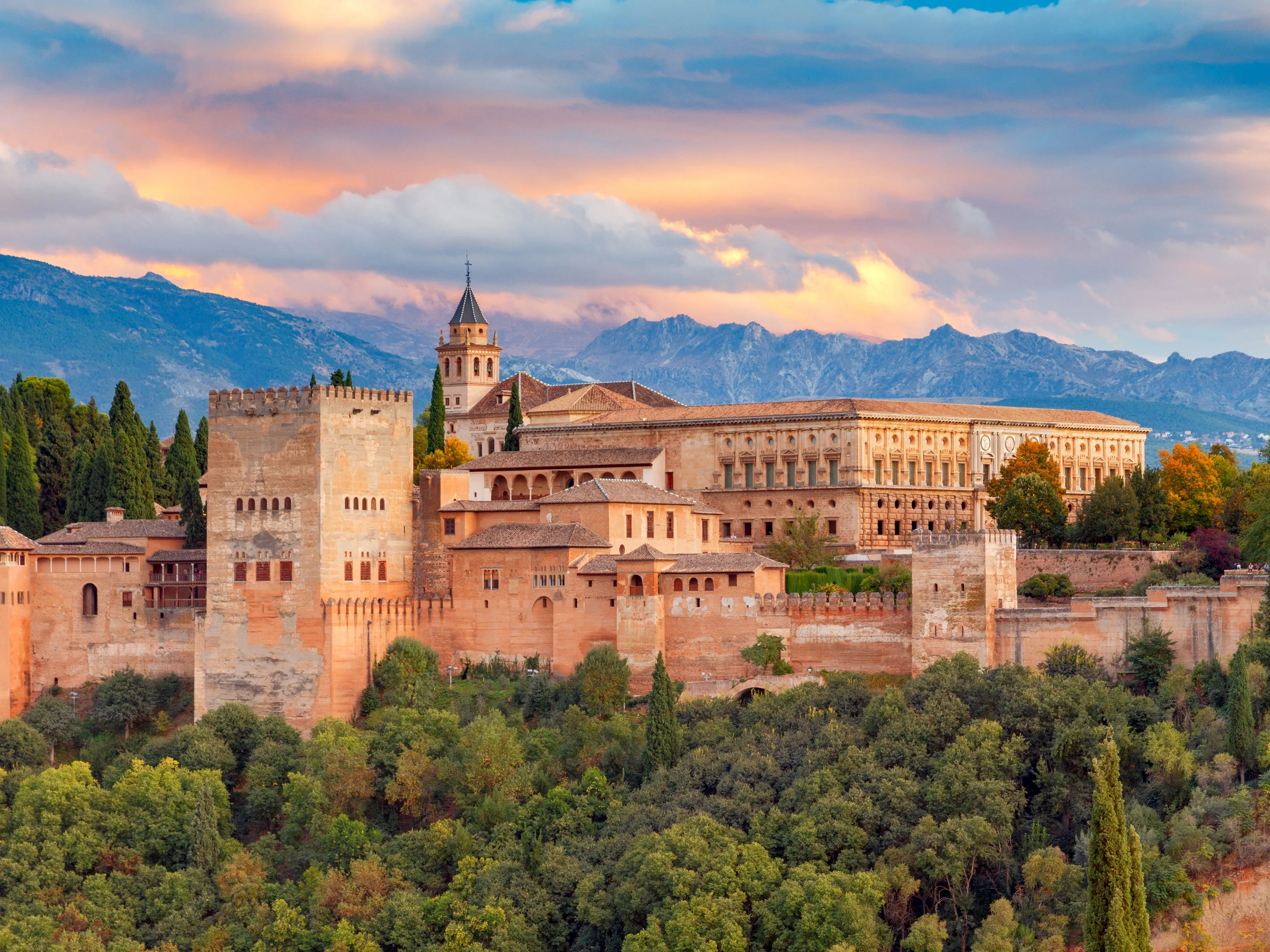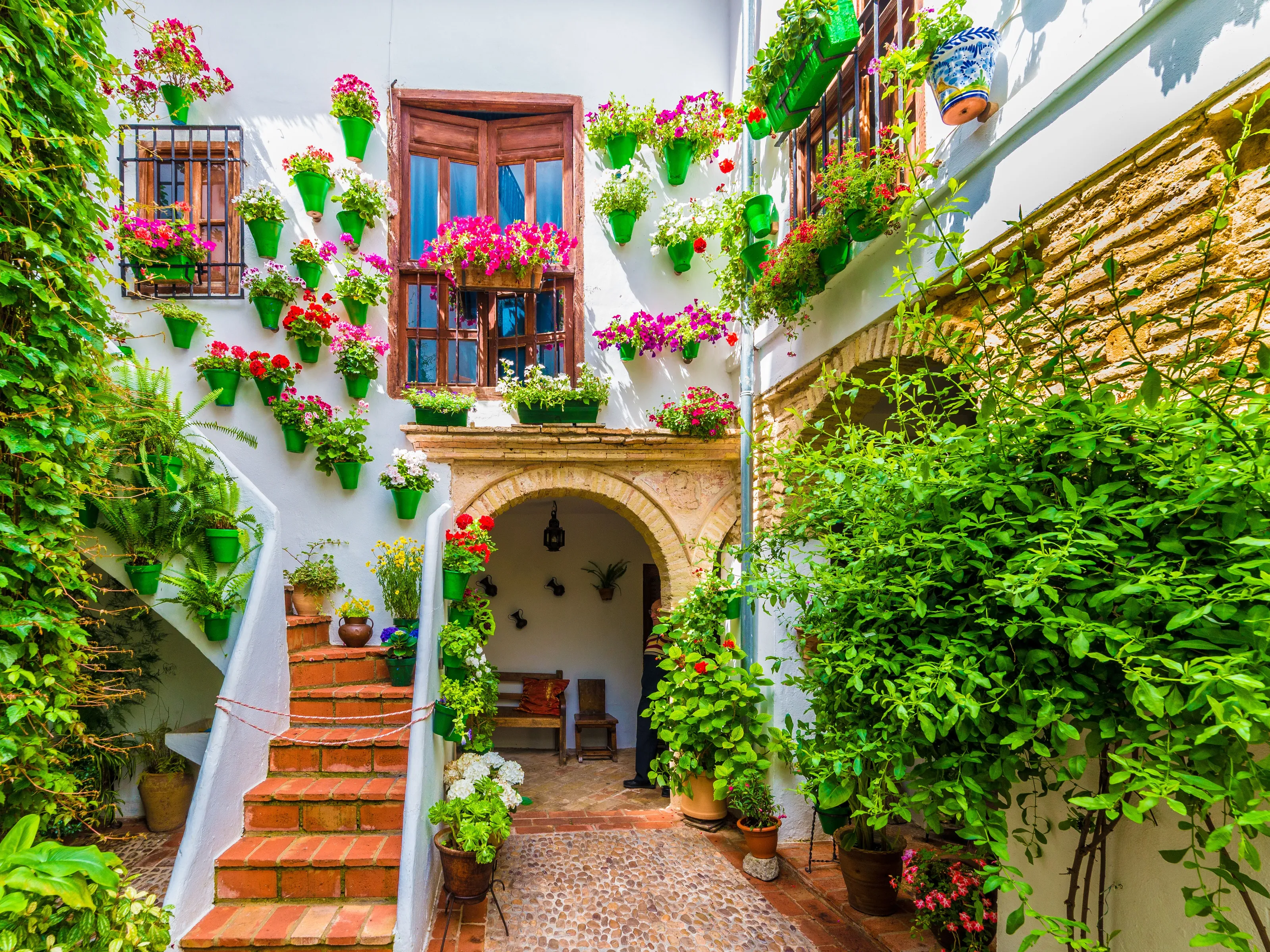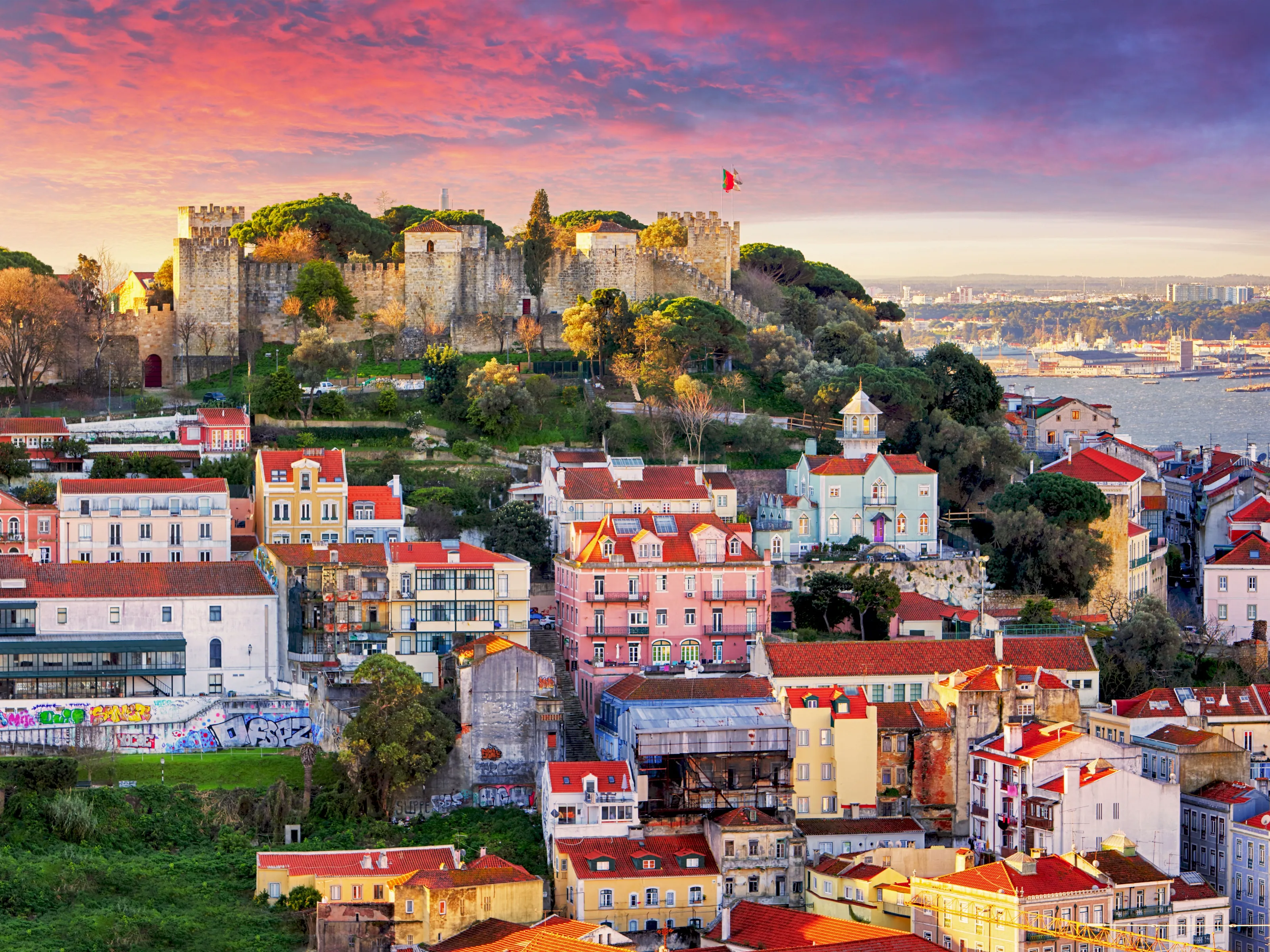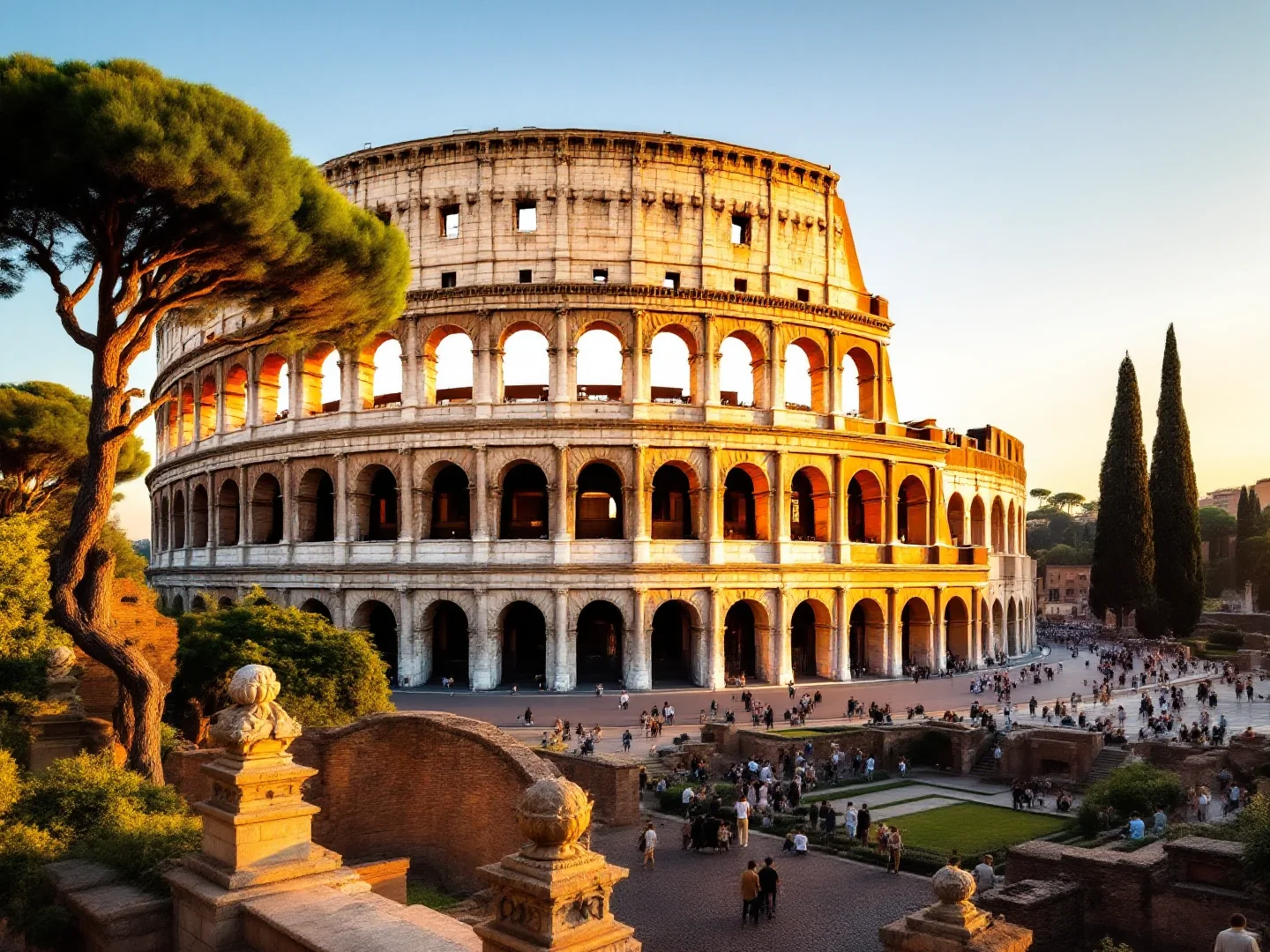Why Visit Seville?
Seville intoxicates visitors with quintessential Andalusian passion, where Moorish palaces hide behind orange-tree courtyards, flamenco rhythms echo from intimate tablao venues, and tapas culture reaches its zenith in riverside neighborhoods perfumed by jasmine and azahar blossoms. Spain's fourth-largest city bakes under fierce Andalusian sun, making shade-seeking and afternoon siestas essential survival strategies. The Royal Alcázar's Mudéjar architecture stuns with geometric tile work, carved stucco, and tranquil gardens where Game of Thrones filmed Dorne's Water Gardens—it remains a living royal palace despite its thousand-year history.
Next door, Seville Cathedral ranks as the world's largest Gothic cathedral, its Giralda bell tower originally a 12th-century minaret offering panoramic views after 35 ramped flights. Plaza de España's Renaissance Revival splendor creates a semicircular embrace of tiled provincial alcoves and moat crossings. Yet Seville's soul thrives across the Guadalquivir River in Triana, the gypsy quarter where flamenco was born and potters still craft ceramics—tiny bars serve fried fish and locals debate bullfighting over manzanilla sherry.
The Metropol Parasol's wooden lattice canopy (Las Setas) offers rooftop views from what locals call 'the mushrooms,' while Macarena neighborhood preserves authentic Sevillano life. Semana Santa (Holy Week) brings elaborate religious processions, while April's Feria de Abril explodes with casetas (private party tents), horses, and flamenco dresses. The tapas tradition reigns supreme—free tapas with drinks at old bars, or elevated small plates at modern gastrobars.
Visit September-November or March-May when temperatures allow outdoor exploration without summer's 40°C oven. Seville delivers passionate Spanish culture, Moorish magnificence, and Andalusian warmth.
What to Do
Moorish Seville
Royal Alcázar & Gardens
Book timed-entry tickets online at least a week ahead for peak season (from about $17 general admission online). The Mudéjar palace with intricate tile mosaics, carved stucco arches, and tranquil courtyards was used as Dorne's Water Gardens in Game of Thrones. Go at the 9:30am opening slot or after 5pm for fewer crowds and better light. The gardens alone justify the visit—fountains, pavilions, and peacocks wandering orange groves. Allow at least 2–3 hours. Audioguide costs extra but is worth it for understanding the layered history. Modest dress recommended though not strictly enforced.
Seville Cathedral & Giralda Tower
The world's largest Gothic cathedral (tickets from about $14 online, $15 at the ticket office). Entry includes the Giralda tower, a former 12th-century Moorish minaret converted to a bell tower—climb 35 ramped flights (no stairs) for 360° views over Seville. Go early (opens around 10:45am Mon-Sat) or late afternoon for cooler temperatures. Inside, see Christopher Columbus's tomb, the vast gilded altarpiece, and Mudéjar chapels. Allow 90 minutes minimum. Modest dress required—shoulders and knees covered. Combine with exploring Plaza del Triunfo and the adjacent Archive of the Indies (free entry).
Plaza de España
A stunning semicircular plaza built for the 1929 Ibero-American Exposition, featuring a grand canal with bridges, Renaissance Revival architecture, and 48 tiled alcoves representing Spanish provinces. Entry is free 24/7—go early morning (7–9am) before tour groups or late afternoon for golden light. Rent a rowboat on the canal for about $6 per 30 minutes. María Luisa Park surrounds it with shady gardens, fountains, and duck ponds. Allow 60–90 minutes for photos and wandering. It's a 20-minute walk from the Cathedral or take bus C1/C2.
Triana & Flamenco
Triana Neighborhood & Ceramics
Cross the Triana Bridge (Puente de Isabel II) to Seville's most authentic neighborhood—the birthplace of flamenco and home to ceramic workshops that have supplied tiles for centuries. Browse traditional pottery shops on Calle San Jorge and Calle Alfarería. Mercado de Triana (mornings, closed Sundays) is where locals shop for fresh fish, jamón, and produce. The Capilla del Carmen chapel overlooks the Guadalquivir. Evenings, Calle Betis riverside comes alive with tapas bars and sunset views of the city. No major paid sights—just wander and soak up local life.
Flamenco Shows & Tablaos
Seville is flamenco's spiritual home. For authentic performances, try Casa de la Memoria ($22–$27 intimate courtyard setting, 7:30pm and 9pm shows, book online), Museo del Baile Flamenco (museum + show $26), or Casa Anselma in Triana (free but donation-based, no reservations, arrive by 10:30pm for a spot—locals' favorite but very crowded). More touristy tablaos like El Arenal or Los Gallos cost $38–$49 including a drink. Shows last 60–80 minutes. Dress code is smart-casual.
Tapas Culture
Tapas reign supreme in Seville: in traditional bars you might get a small bite with your drink at some old-school spots like El Rinconcillo (established 1670, Seville's oldest bar) or La Antigua Abacería in Triana, but more often you'll order tapas or raciones (larger portions) to share—expect $3–$6 per tapa. Go bar-hopping with locals, standing at the bar rather than sitting (cheaper). Peak tapas times are lunch (2–4pm) and dinner (9–11pm). Specialties include jamón ibérico, salmorejo (cold tomato soup), and espinacas con garbanzos (spinach with chickpeas). For the classic free-tapas-with-every-drink experience, head to Granada instead.
Local Seville
Metropol Parasol (Las Setas)
Nicknamed 'the mushrooms,' this massive wooden lattice structure in Plaza de la Encarnación is Spain's largest wooden building. The rooftop walkway (Mirador) costs around $16 and offers elevated views over Seville's rooftops—not as high as the Giralda but a completely different perspective. Ground floor has a market and shops (free to browse). The antiquarium museum underneath (included in Mirador ticket) displays Roman ruins discovered during construction. Go at sunset for best light, then explore the lively tapas bars around the plaza.
Barrio Santa Cruz
The former Jewish quarter (Judería) is a labyrinth of whitewashed lanes, hidden plazas with orange trees, and wrought-iron balconies dripping with flowers. Free to wander and you will get lost—embrace it. Notable spots include the tiny Plaza de Doña Elvira, the Gardens of Murillo (free), and countless photo opportunities. It's very touristy, especially around the Cathedral, but early morning (before 9am) reveals the neighborhood's quiet charm. Many restaurants here are overpriced tourist traps—venture deeper into Barrio or cross to Triana for better value.
Guadalquivir River & Torre del Oro
Walk or cycle the riverside promenade for views of the Torre del Oro (13th-century Almohad watchtower, now a maritime museum with tickets around $3). The river walk stretches from the Torre past modern bridges towards the Isla de la Cartuja. Rent bikes from Sevici bike-share stations or cruise operators run river boats ($19 for 1-hour tours). Late afternoon and early evening are best for cooler temperatures and golden light. Food trucks and cafés line parts of the embankment—grab a drink and watch the sunset over Triana.
Gallery
Travel Information
Getting There
- Airports: SVQ
Best Time to Visit
March, April, May, October, November
Climate: Warm
Weather by Month
| Month | High | Low | Rainy days | Condition |
|---|---|---|---|---|
| January | 16°C | 7°C | 5 | Good |
| February | 21°C | 10°C | 0 | Good |
| March | 21°C | 11°C | 10 | Excellent (best) |
| April | 21°C | 12°C | 13 | Excellent (best) |
| May | 29°C | 16°C | 6 | Excellent (best) |
| June | 32°C | 18°C | 1 | Good |
| July | 39°C | 23°C | 0 | Good |
| August | 37°C | 22°C | 1 | Good |
| September | 32°C | 20°C | 3 | Good |
| October | 25°C | 14°C | 5 | Excellent (best) |
| November | 21°C | 12°C | 11 | Excellent (best) |
| December | 16°C | 8°C | 9 | Good |
Weather data: Open-Meteo Archive (2020-2024) • Open-Meteo.com (CC BY 4.0) • Historical avg. 2020–2024
Budget
Excludes flights
Visa Requirements
Schengen Area
💡 🌍 Traveler Tip (November 2025): November 2025 is perfect for visiting Seville!
Practical Information
Getting There
Seville Airport (SVQ) is 10km northeast. EA Airport Bus runs every 15-20 minutes to city center ($4 35 min). Taxis cost fixed $25 daytime, $27 nights/weekends. Santa Justa train station welcomes high-speed AVE from Madrid (2h30min), Barcelona (5h30min), Málaga (2h). Buses connect Andalusian cities.
Getting Around
Seville's center is very walkable—most sights within 30 minutes on foot. Metro (1 line) and buses serve outer areas ($2 single, $6 day pass). SEVici bike-share requires registration. Taxis are metered and cheap ($6–$11 short trips). Horse carriages in tourist areas (expensive, $54–$86). Avoid rental cars—historic center is pedestrianized.
Money & Payments
Euro (EUR). Cards accepted at hotels and restaurants, but many tapas bars and markets prefer cash. ATMs widespread. Exchange $1 ≈ $$1. Tipping: round up or leave 5-10% in restaurants, not obligatory.
Language
Spanish (with strong Andalusian accent) is official. English spoken in hotels and tourist areas but less commonly than other Spanish cities. Many bars and traditional venues have Spanish-only menus. Learning Spanish basics (Hola, Gracias, La cuenta) is very helpful. Sevillanos are warm and patient with attempts to speak Spanish.
Cultural Tips
Spaniards eat VERY late—lunch 2-4:30pm, dinner 9:30pm-midnight. Siesta is sacred 2-5pm—shops close. Summer heat is extreme—plan indoor activities midday. Tapas etiquette: stand at bar, order drinks and pintxos, pay at end. Free tapas tradition is dying—La Antigua Abacería still honors it. Dress for heat but modestly for Cathedral. Book Alcázar and flamenco shows ahead. Holy Week and Feria require 12-month advance booking.
Perfect 3-Day Seville Itinerary
Day 1: Moorish Seville
Day 2: Triana & River
Day 3: Culture & Views
Where to Stay in Seville
Santa Cruz
Best for: Alcázar, Cathedral, narrow lanes, tourist restaurants, central hotels
Triana
Best for: Authentic flamenco, ceramics, local tapas, across river, working-class roots
El Arenal
Best for: Bullring, river walks, traditional bars, near Cathedral
Macarena
Best for: Local life, authentic neighborhoods, away from tourists, market
Frequently Asked Questions
Do I need a visa to visit Seville?
What is the best time to visit Seville?
How much does a trip to Seville cost per day?
Is Seville safe for tourists?
What are the must-see attractions in Seville?
Popular Activities
Top-rated tours and experiences in Seville
Ready to Visit Seville?
Book your flights, accommodation, and activities






